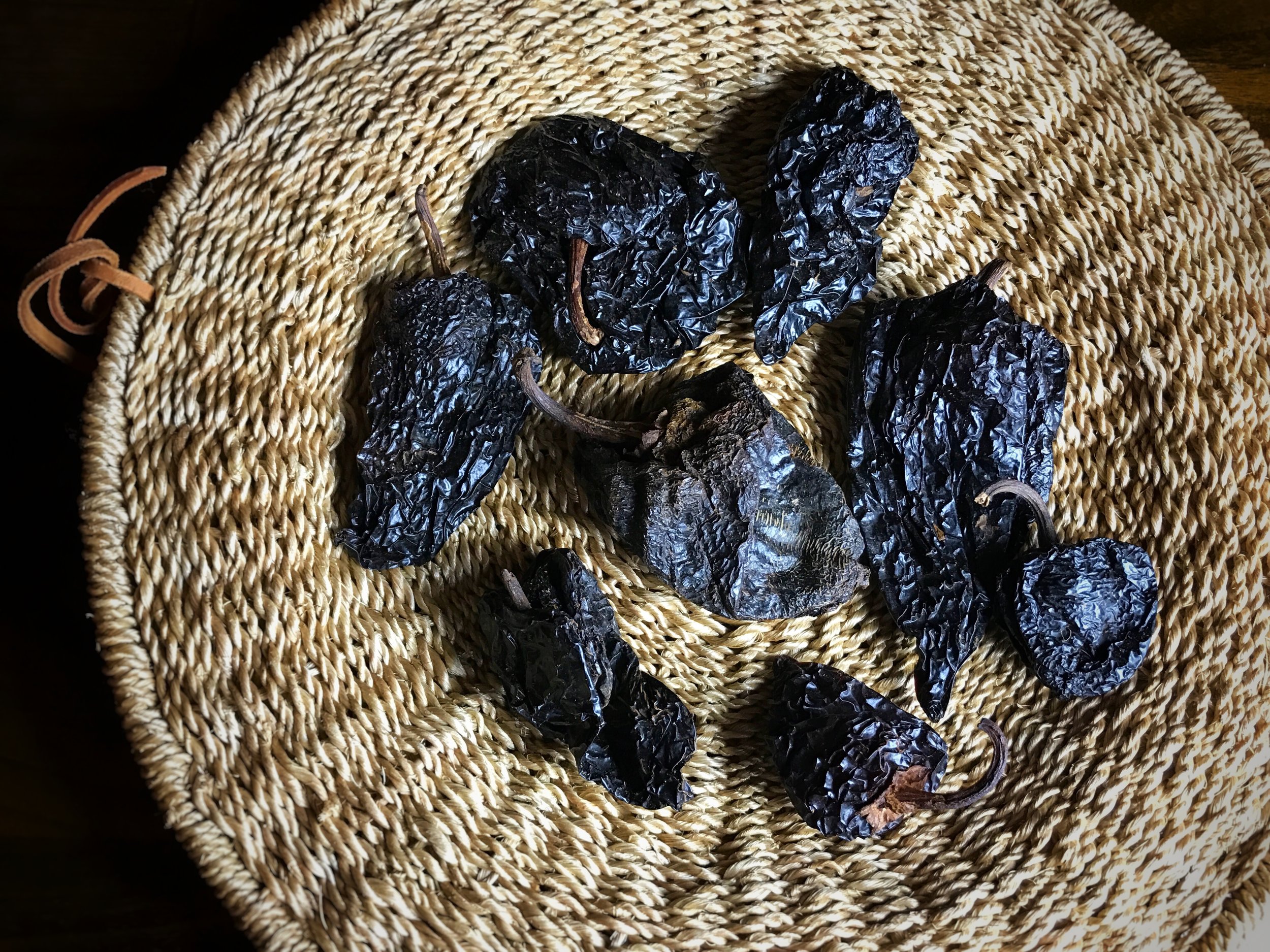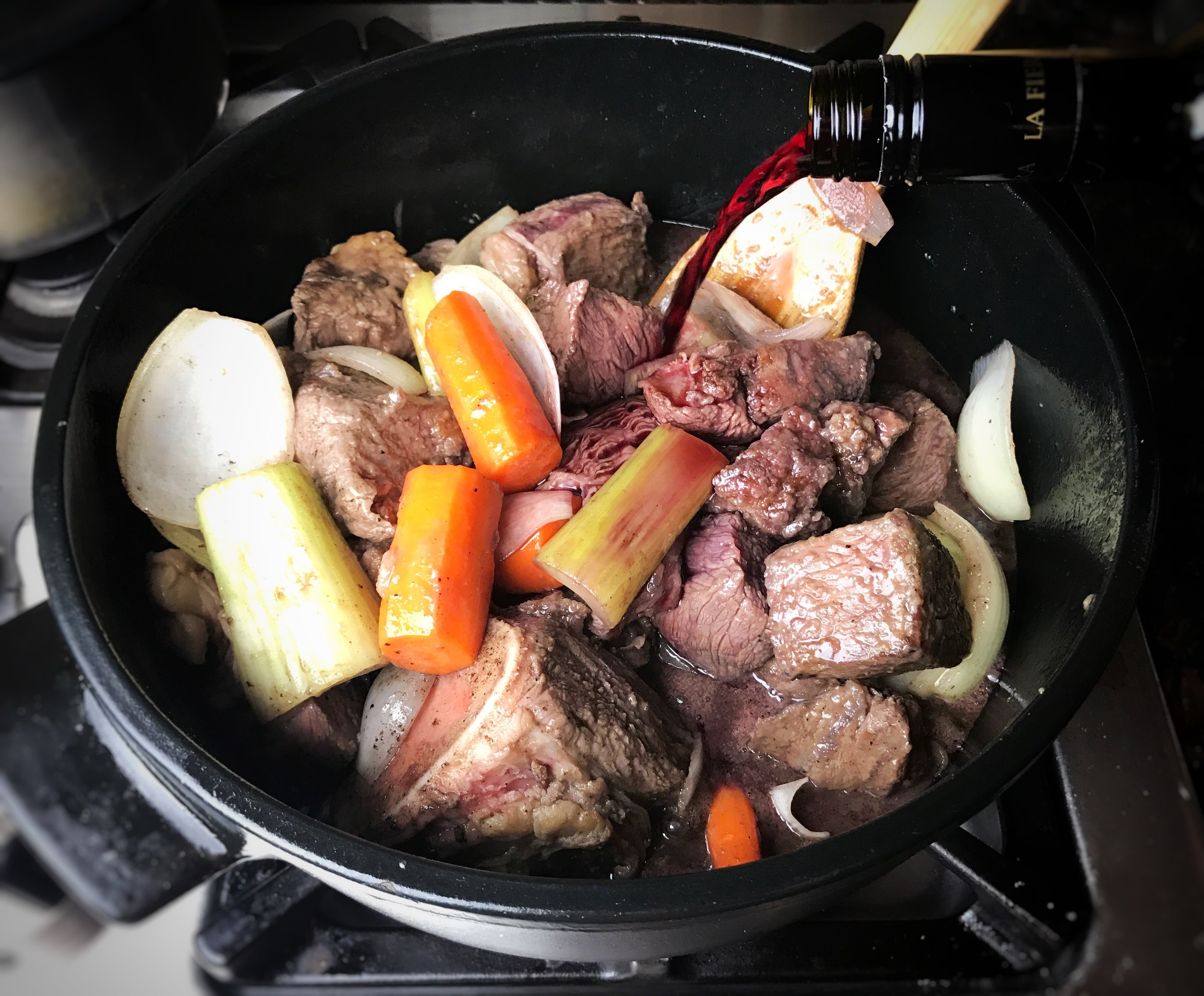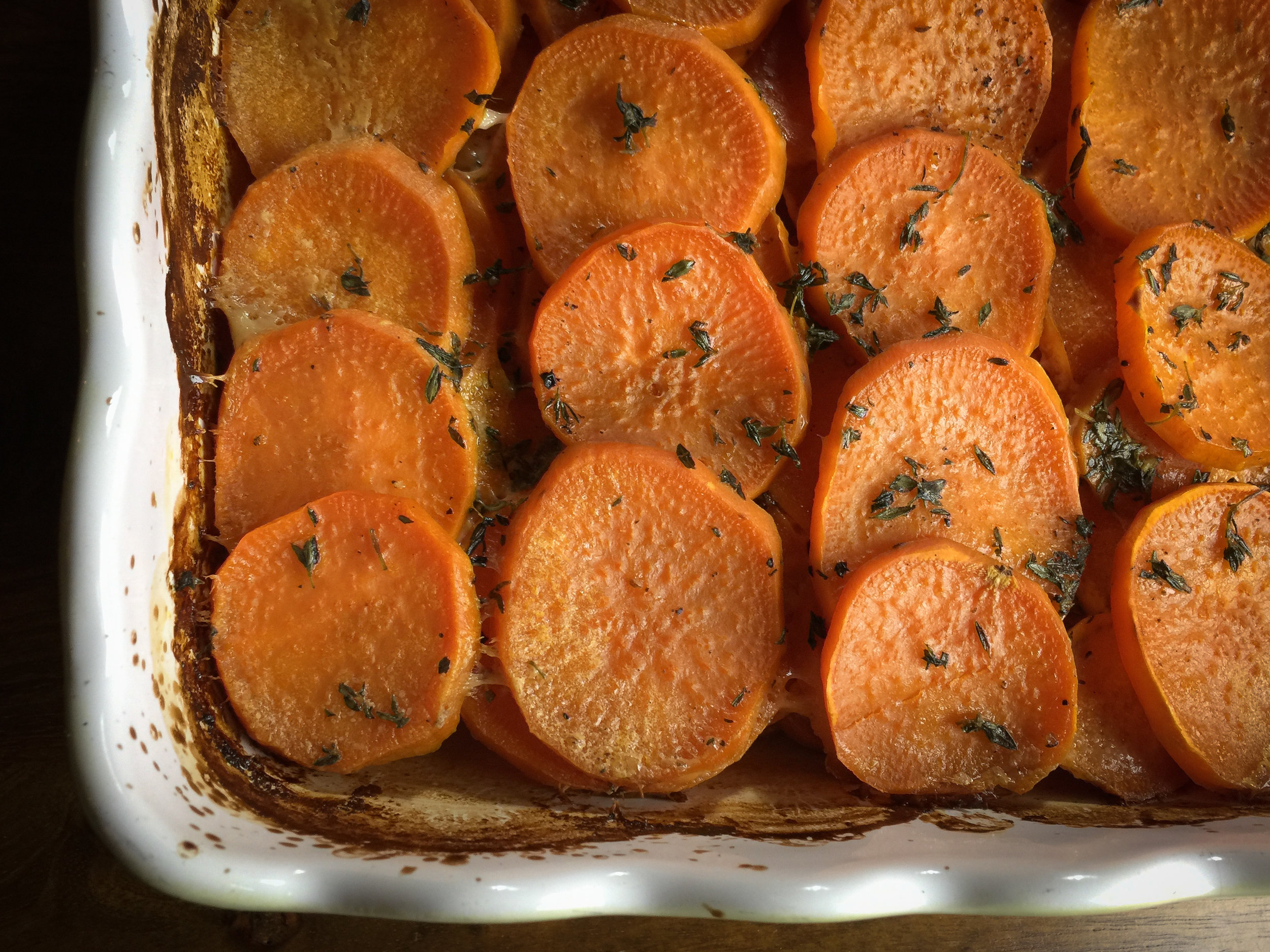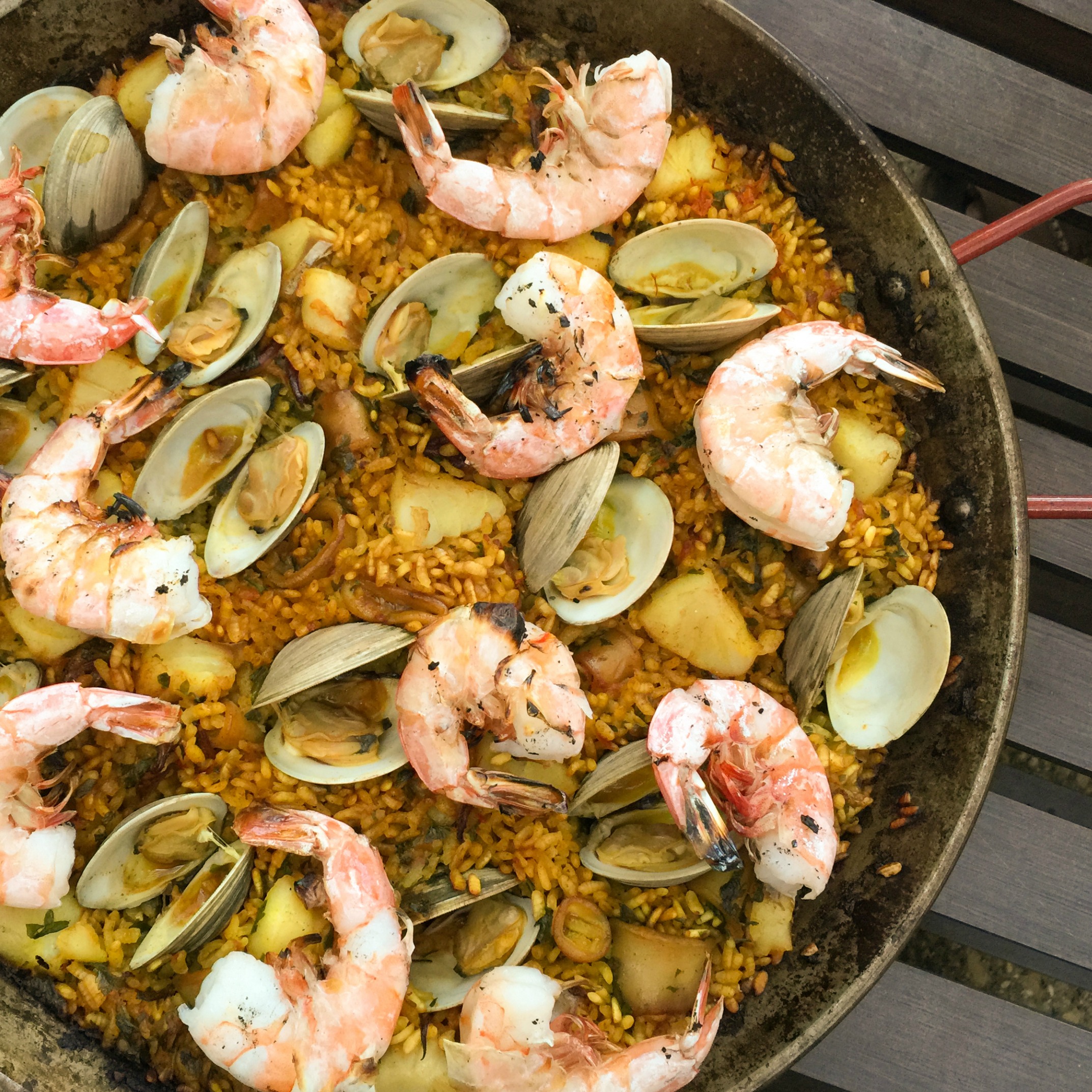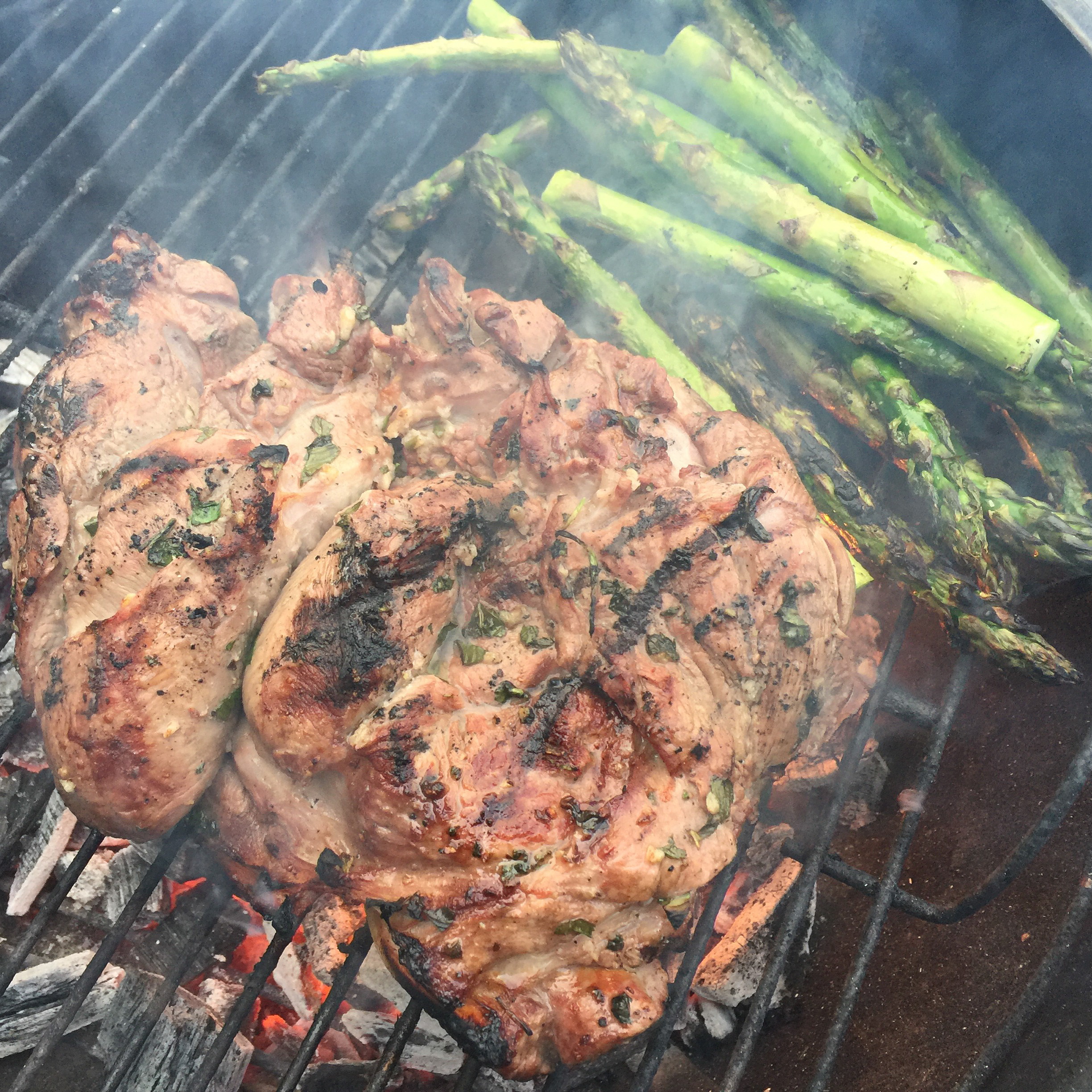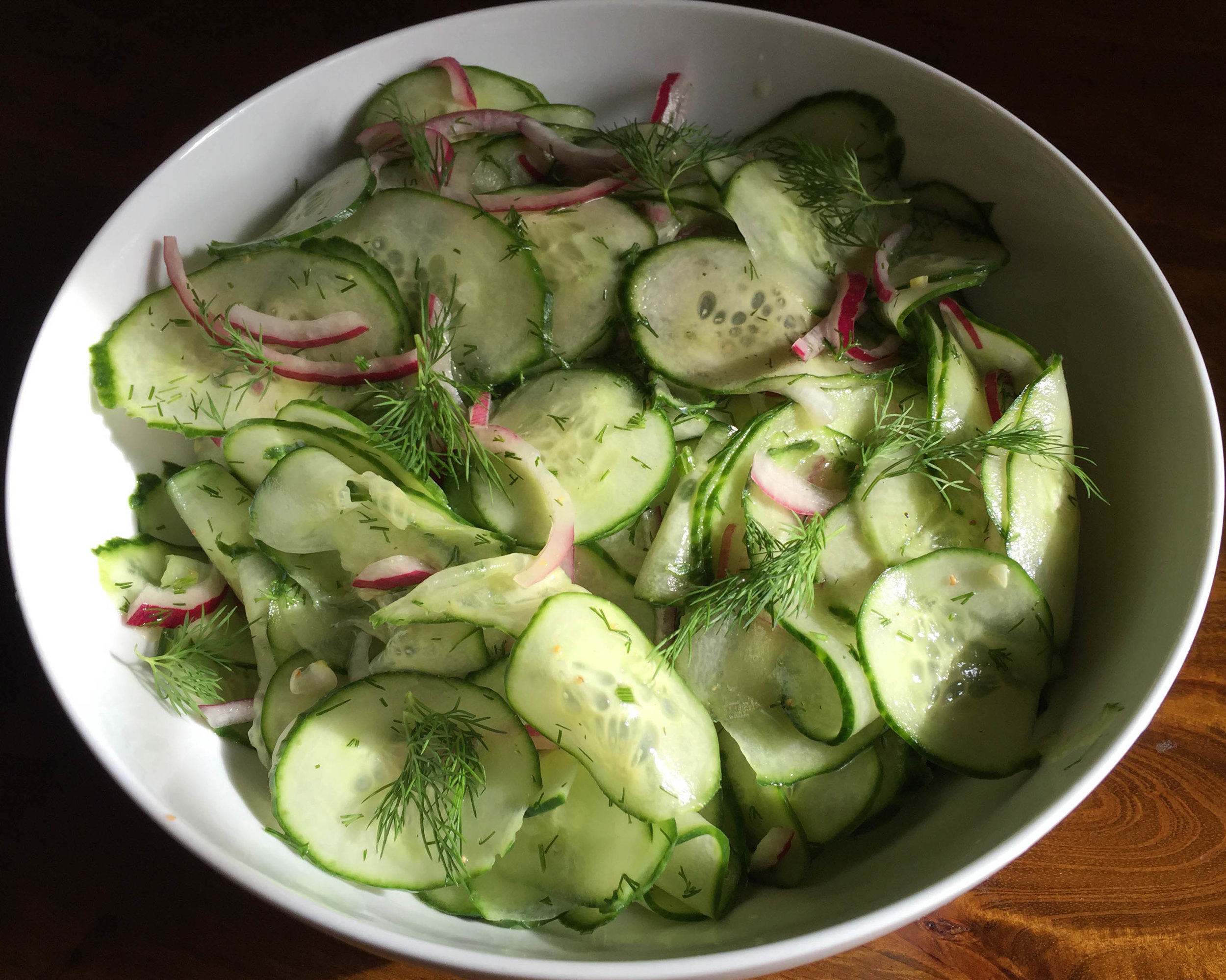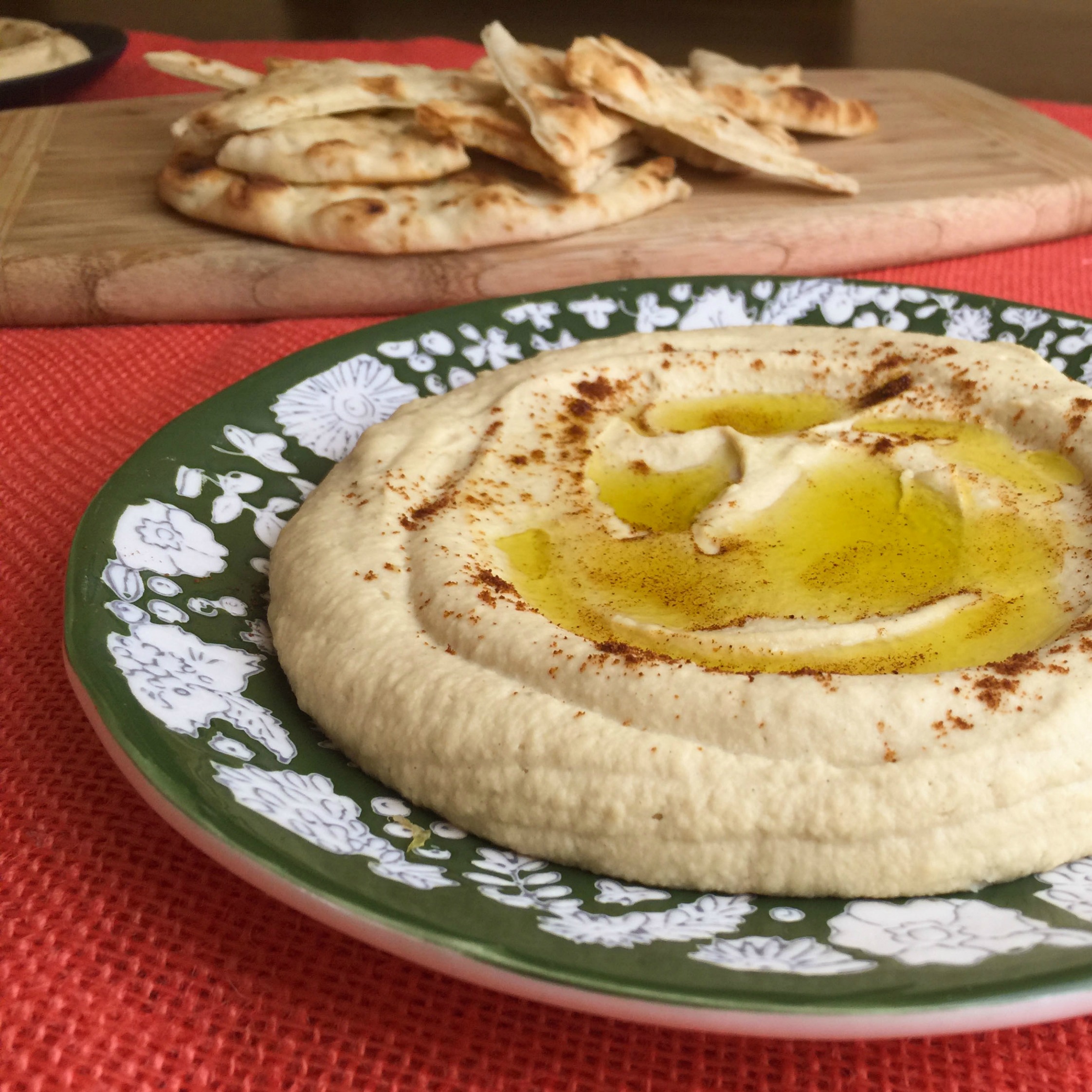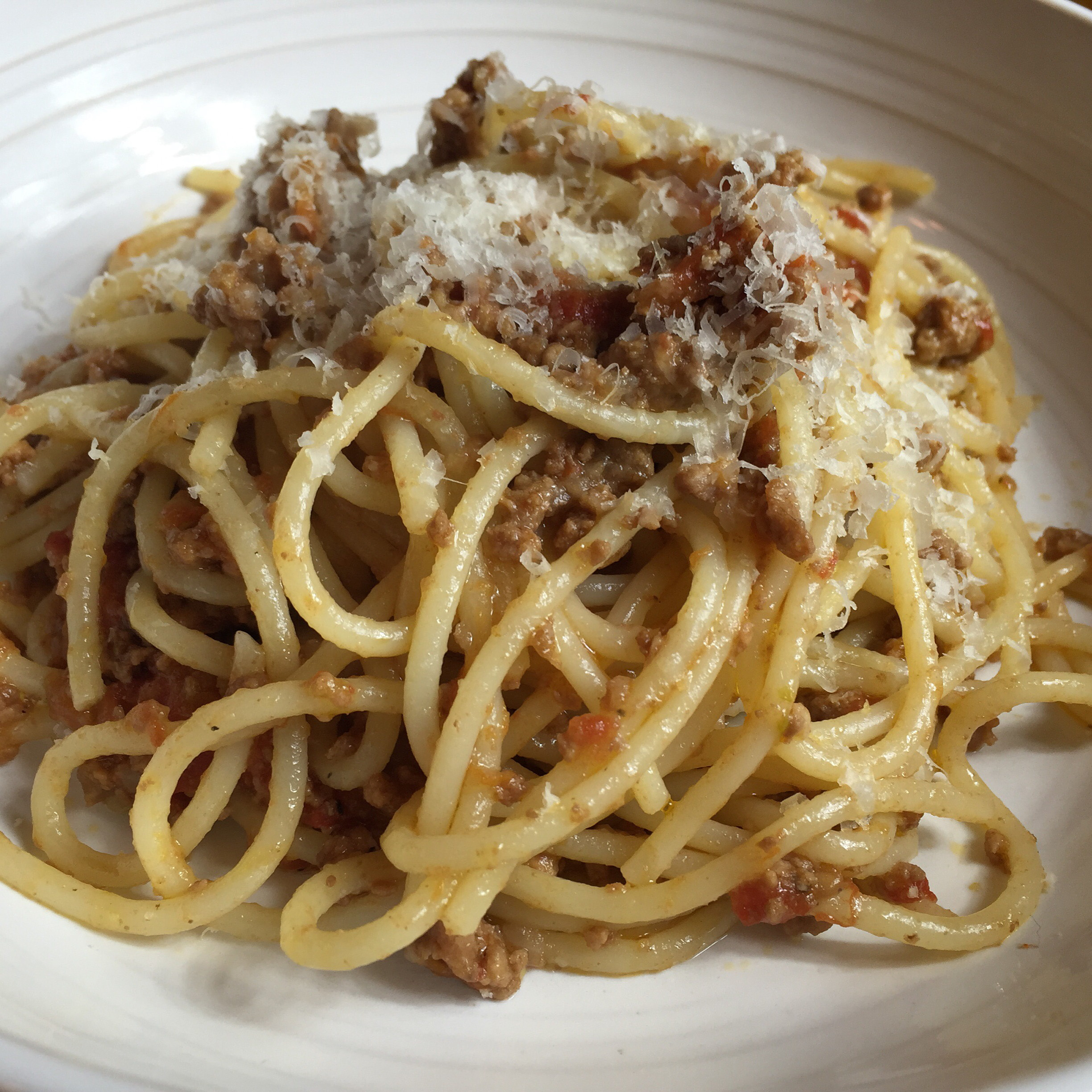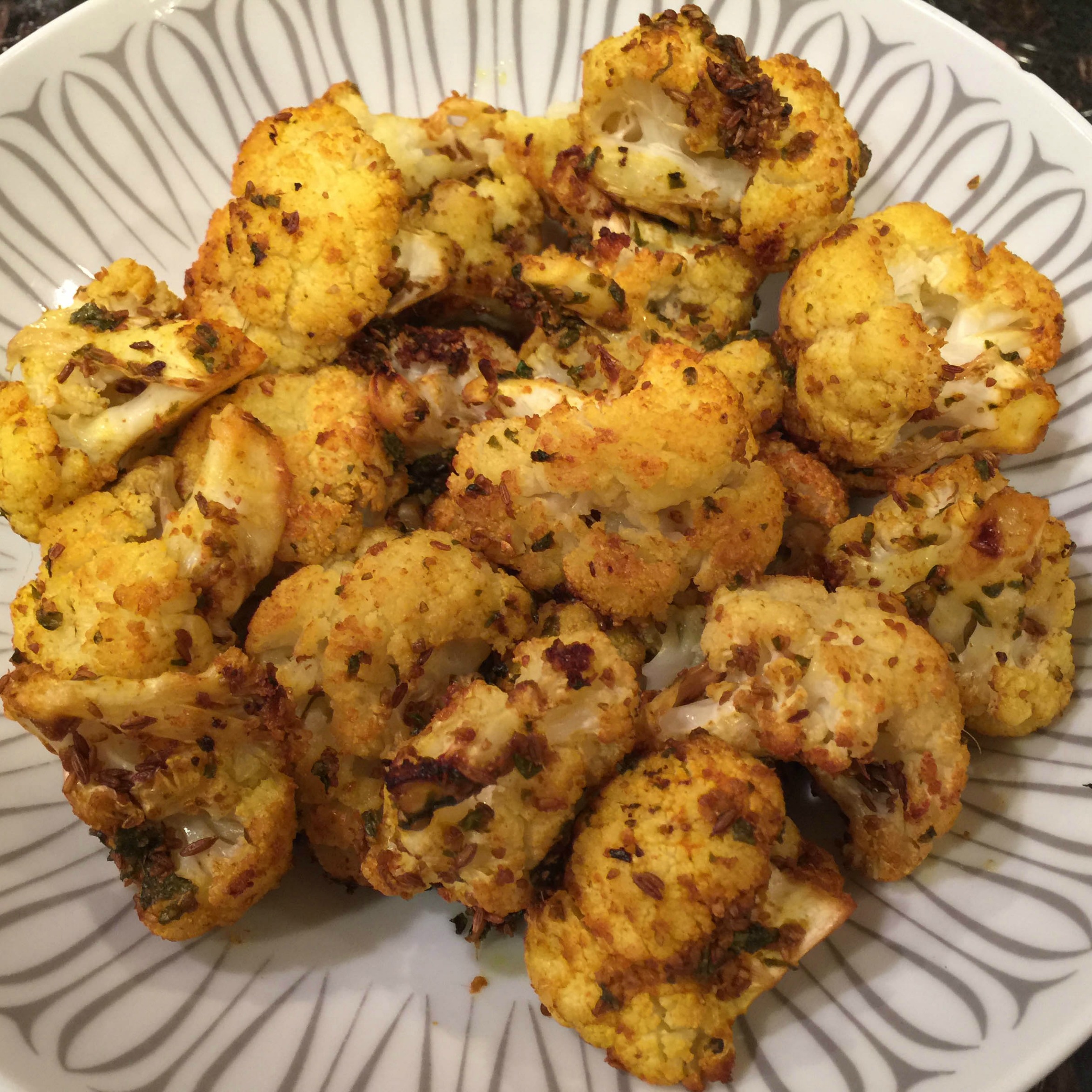For me, Chinese New Year started early this year – figuratively, at least. All I can think about is Chinese food: dim sum and fried rice and garlicky, gingery greens and succulent, crackly-skinned roast pork.
Maybe you're headed out for dim sum to celebrate the Year of the Rooster this weekend (or the next one or two – the New Years celebration runs through February 15). If you're an aficionado, you need no help ordering. But if you're a newcomer to dim sum, check out this handy new guide to enjoying dim sum I just put together – including a video.
But what about dinner? I'll bet you'd love to cook!
Ever wanted to learn to make fried rice? Cook it once or twice, and you'll be amazed at how easy it is to make one that's blow-them-away delicious – better, even, than what you can get in many Chinese restaurants. Seriously.
Last spring I put two popular fried rice recipes to the test:
Lucky Peach's Chinese Sausage Fried Rice
Mission Chinese Food Salt-Cod Fried Rice
The first, as you'll see from Round 1 and Round 2 of the Fried Rice Smackdown is super easy, and the second – while no more technically difficult – requires a lot of advance prep. They're both gobsmackingly wonderful.
As it turned out, I feel in love with the Lucky Peach cookbook. Linked in my three-wonton review are adaptations of several of the recipes:
Lucky Peach's Chineasy Cucumber Salad
Author Peter Meehan wasn't kidding when he named this one, which is so simple that Wylie (who was 19 at the time) started making it every few nights. As Wylie is allergic to peanuts, he leaves them out, and also makes it a little spicier, upping the chile flakes. The recipe is infinitely adjustable and tweakable.
For another great starter, consider wontons.
I know, right? These shrimp-and-chive wontons from the Lucky Peach book (the book calls them dumplings) are actually pretty easy to make – and they're pretty spectacular. You could drop them into soup, or serve them with a simple dipping sauce. These, I promise, will wow your friends:
Shrimp and Chive Wontons
LUCKY PEACH'S STIR-FRIED ASPARAGUS
Coming into asparagus season (I'm guessing it has probably already arrived in Southern California), this quick and delicious version is a good one to keep handy.
One of the recipes has become my go-to dish when I want an easy, super-quick and stress-free way to stir-fry greens, even on a rushed weeknight:
Baby Bok Choy with Whole Garlic
If you don't try any of the others, do make this one – I think you'll love it.
Of course it's not only vegetables. There's the unforgettable Chinese lacquered roast chicken, which I came to think of as the Chicken that Changed My Life.
Lucky Peach Chinese Lacquered Roast Chicken
Well, after that, one thing led to another. My friend Michalene planted the idea – which I couldn't get out of my head – that this treatment could possibly make a killer duck. Boy, was she ever right. After some months of developing the recipe, I nailed it:
Glorious Chinese Lacquered Roast Duck
So there you have 'em – 8 super Chinese recipes. Do let us know, in a comment, how you like them. Happy Year of the Rooster!











